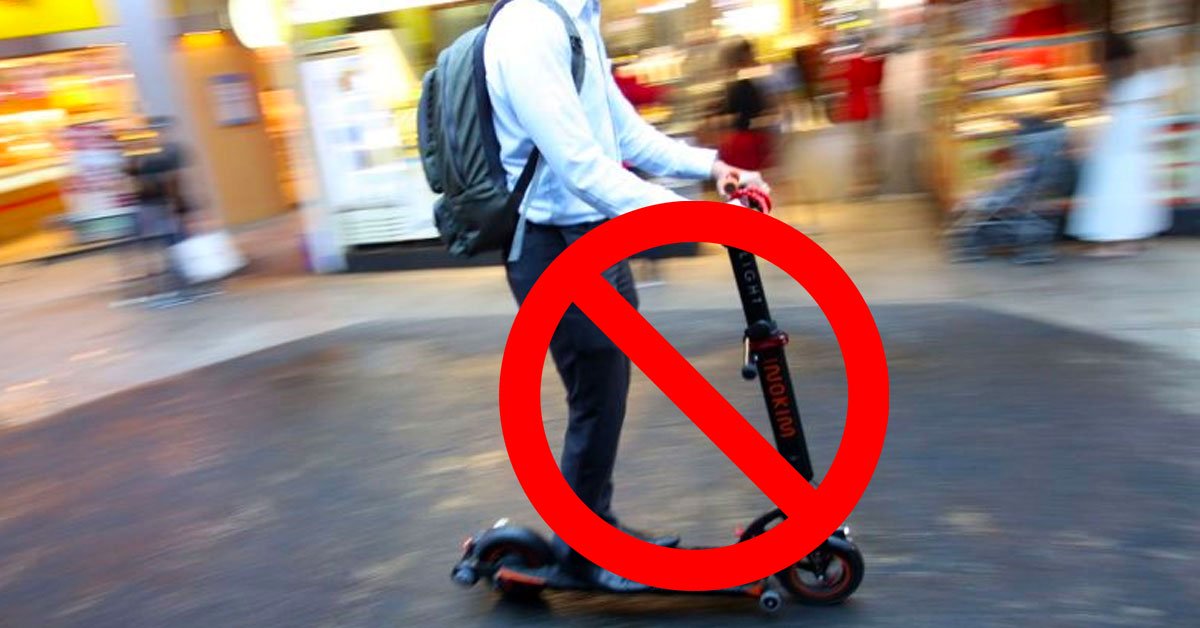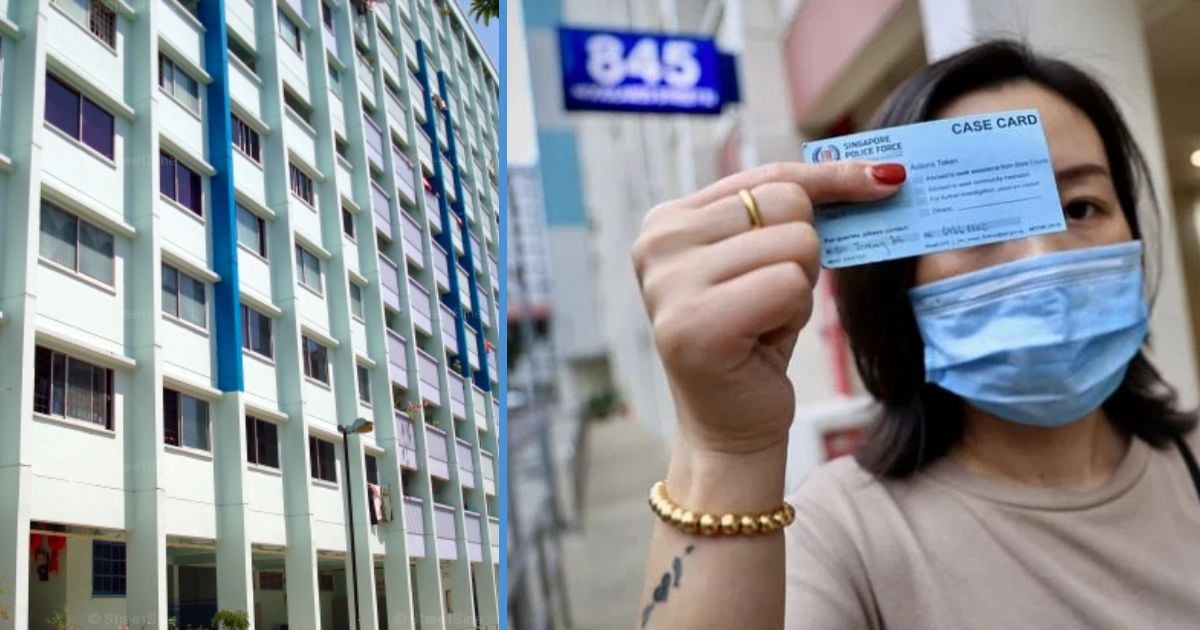Many pedestrians rejoiced when they heard that there was going to be a permanent PMD ban that followed after many accidents involving PMDs occurred. This ban was, however, much to the despise of delivery riders who used PMDs to deliver food to others for a living.
The moment this ban was implemented, many protested against it and some even came up with innovative ways to bend the rules.
Others, of course, traded in their e-scooters to get full funding for their next device – $1,000 for an electric bicycle or $600 for a normal one, so that they can continue with their deliveries. Others also rushed to dispose of their e-scooters in exchange for a $100 incentive voucher.
These two measures combined together saw a decrease of 27,000 e-scooters being used on the streets, which is slightly more than a quarter of the 100,000 e-scooters that were registered to be used in Singapore.
Despite all these, we still see PMDs zooming past us on footpaths every now and then and it feels like nothing has been done to stop them other than warnings. And just so you know, more than 3,400 warnings were issued in just the first month of the footpath ban.
Well, other than that one incident where the auxiliary officer tried to stop a PMD rider by kicking him off his PMD.
But fret not, because all these are going to end on 31 December 2019, which is just in a couple of days’ time!
“Zero-tolerance” Approach
On 1 January 2020, the Land Transport Authority (LTA) will no longer give chances to errant riders who are found riding their PMDs on footpaths. If they are found doing so, these riders will be fined up to $2,000 or jailed for three months, or both.
It is believed that other devices like hoverboards and electric unicycles will most likely also be a part of the ban by next year.
With all that said, it’s not that these PMD riders are not allowed to ride anywhere. If they want to do so without breaking the law, they can ride on the more than 440km cycling paths around the island. While this is significantly lower than the initial 5,500km of footpaths available to riders, we have seen way too many accidents that caused many to be injured or even lose their lives over.
They’re Not All That Bad
Even though the bad ones have caused many accidents which then caused a public outrage for there to be a blanket ban, we cannot deny the fact that PMDs do offer a fast and flexible way of commute for short distances.
Singapore University of Social Sciences (SUSS) transport expert Walter Theseira noted that “Private car transport, even if it is autonomous or electrified, simply uses too much road space and energy for short-distance travel. Current forms of public transport, such as buses or rail, are cost-ineffective when passenger loads are low.”
Mr Koh who is a part of the Active Mobility Advisory Panel said that there needs to be more education efforts to make sure that PMD riders are more civic-minded.
He also added that “We can have first-world infrastructure but we also need the right attitude to pull this off. I think if we are to have PMDs come back into use, we should have a more carefully constructed regulatory framework, particularly in terms of PMD construction standards and licensing, so that users can make any purchasing decisions without risk of being caught out.”
Ms Chen, a research fellow at Singapore University of Technology and Design’s (SUTD) Lee Kuan Yew Centre for Innovative Cities, suggested that perhaps there could be a solution where they decreased the width of car lanes in order to free up some space required for bicycle lanes “without widening the overall road”.
She believes that “this is not an insurmountable issue with some engineering and design creativity”.
So what are your thoughts? Are you excited for 1 January 2020?



